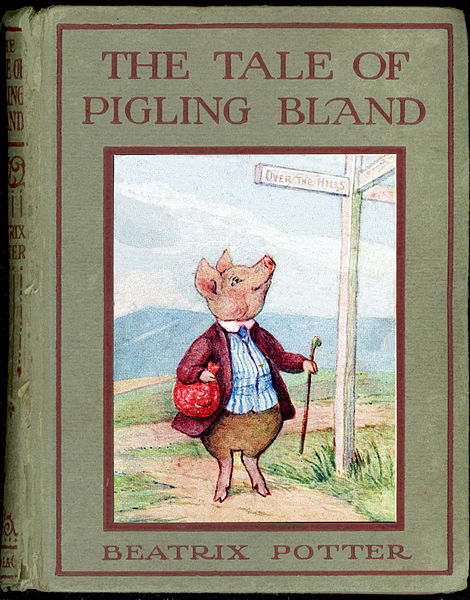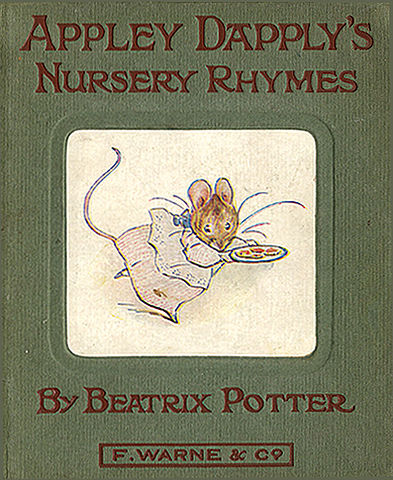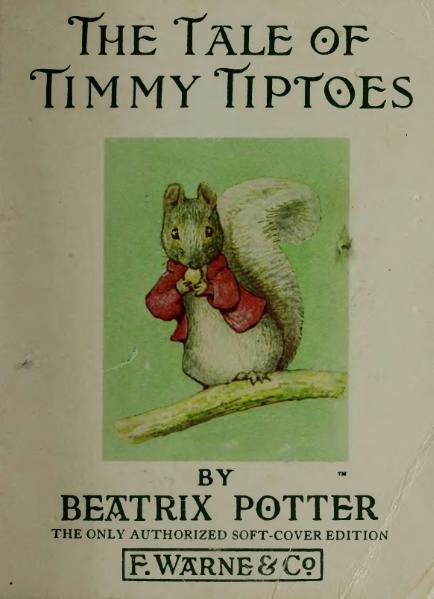
A new book acquired by the Thammasat University Library offers insights about one of the most widely appreciated authors of children’s literature.
Rebirth in the life and works of Beatrix Potter is shelved in the General Stacks of the Pridi Banomyong Library, Tha Prachan campus.
Beatrix Potter (1866-1943) was a much-admired children’s author. Her books include such titles as The Tale of Peter Rabbit and The Tale of Little Pig Robinson.
The TU Library collection includes other books by and about Beatrix Potter.
TU students in different faculties may be interested by the fact that in addition to being a children’s writer and illustrator, Beatrix Potter was also natural scientist and conservationist.
Scientific illustrations and work in mycology
She was interested in every branch of natural science except astronomy. Potter collected fossils and studied archaeological artefacts from London excavations. She was also interested in entomology, the study of insects and their relationship to humans, the environment, and other organisms. In all these subjects, she drew and painted specimens skillfully. By the 1890s, her scientific interests were focused on mycology, the branch of biology concerned with the study of fungi or mushrooms, including their genetic and biochemical properties, their taxonomy and their use to humans as a source for tinder, traditional medicine, food, and entheogens, as well as their dangers, such as toxicity or infection.
She was especially intrigued by the colours of mushrooms and the way they appear and disappear again quickly.
She even wrote scientific research on the subject involving microscopes, which was rare at the time for women.
In terms of literature, Beatrix Potter enjoyed fairy tales and fantasy fiction.
Among her favorite books were the Bible, John Bunyan’s The Pilgrim’s Progress, Harriet Beecher Stowe’s Uncle Tom’s Cabin, Aesop’s Fables, the fairy tales of the Brothers Grimm and Hans Christian Andersen, Charles Kingsley’s The Water Babies, the folk tales and mythology of Scotland, Shakespeare’s plays, and novels by Sir Walter Scott. As a young girl, she especially appreciated Edward Lear’s Book of Nonsense and Lewis Carroll’s Alice in Wonderland.
All of these books are in the collection of the TU Library or are available to students from the TU Library Interlibrary Loan (ILL) service.
She first started to write children’s stories to amuse her family and friends.
When they were published, the immediately appealed to readers because of her charming illustrations and light-hearted stories, descriptions of nature, and the way her animal characters behaved like people.
Potter had good business sense, and by 1903, she made and patented a Peter Rabbit doll. Soon she sold other merchandise related to her books, including painting books, board games, wall-paper, figurines, baby blankets and china tea-sets. They were licensed by her publisher and made money for her.

There was considerable interest in 2016 when as The Bangkok Post reported:
A newly discovered story written more than a century ago by the cherished British children’s author Beatrix Potter will be published in September, Penguin Random House announced Tuesday.
A 1904 edition of ‘The Tales of Beatrix Potter’ pictured during a photocall at Windsor Castle in Berkshire, south-east England, on May 15, 2008
“The Tale of Kitty-In-Boots”, a story about a black cat that leads a double life, was found two years ago by Penguin Random House publisher Jo Hanks.
Potter is best known for “The Tale of Peter Rabbit”, which has sold 45 million copies and been translated into 36 languages. The publication of the newly-uncovered tale forms part of this year’s celebrations marking the 150th anniversary of her birth.
Hanks found a reference to the story in an out-of-print literary history of the author.
Hanks delved into the Potter archives held at the Victoria and Albert Museum in London and discovered the 1914 manuscript.
“Potter fully intended to publish it. She’d written it twice, rewritten it, polished the manuscript and then had it typeset and started to lay it out in a proof dummy,” Hanks told BBC radio.
The next stage would have been to illustrate it.
“Then World War I began, she got married and she was very intent on building her farming business. Those interruptions took over and meant she never went back to the tale,” said Hanks.
“I think it’s the best of Beatrix Potter. There’s humour, there’s rebellious characters. During the story we meet a couple of interesting villains.”
An older Peter Rabbit makes an appearance, while old favourite Mrs Tiggywinkle the hedgehog also turns up.
“Once upon a time there was a serious, well-behaved young black cat,” the story begins. “It belonged to a kind old lady who assured me that no other cat could compare with Kitty.”
The book will be illustrated by Quentin Blake, best known for his work on Roald Dahl’s children’s books.
Blake said: “It seemed almost incredible when, early in 2015, I was sent the manuscript of a story by Beatrix Potter, one which had lain unpublished for a hundred years and which, with the exception of a single drawing, she had never illustrated.”
Here are some observations by Beatrix Potter:
- “There is something delicious about writing the first words of a story. You never quite know where they’ll take you.”
- “Once upon a time there were four little Rabbits, and their names were–Flopsy, Mopsy, Cottontail, and Peter. ”
- “I hold that a strongly marked personality can influence descendants for generations.”
- “Believe there is a great power silently working all things for good, behave yourself and never mind the rest.”
- “Thank goodness I was never sent to school; it would have rubbed off some of the originality.”
- “I cannot rest, I must draw, however poor the result, and when I have a bad time come over me it is a stronger desire than ever.”
- “Most people, after one success, are so cringingly afraid of doing less well that they rub all the edge off their subsequent work.”
- “What heaven can be more real than to retain the spirit-world of childhood?”
- “If I have done anything, even a little, to help small children enjoy honest, simple pleasures, I have done a bit of good.”
- “I am aware these little books don’t last long even if they are a success.”
- “It sometimes happens that the town child is more alive to the fresh beauty of the country than a child who is country born. My brother and I were born in London…but our descent, our interest and our joy were in the north country.”

(All images courtesy of Wikimedia Commons)
